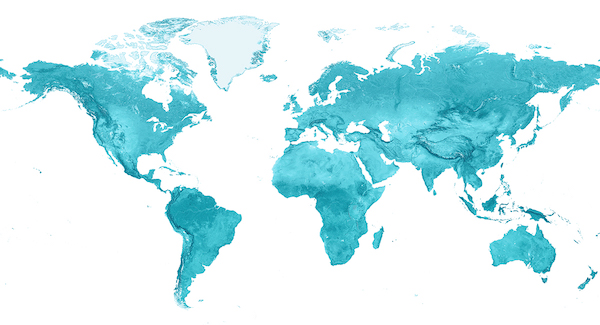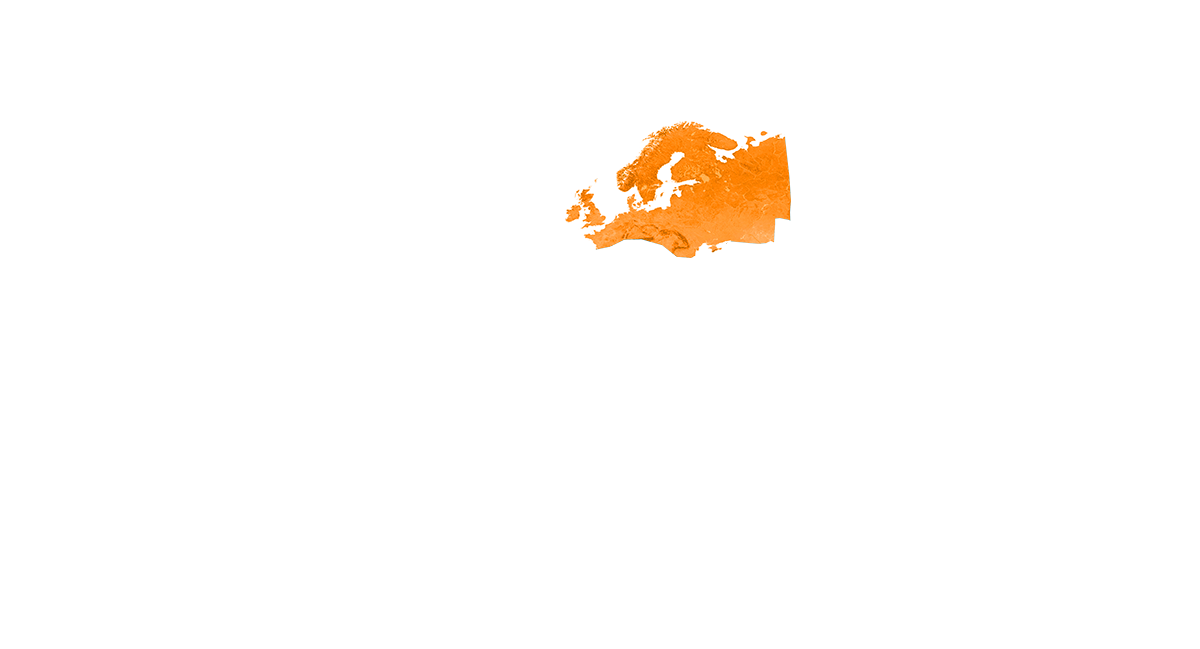
Region of Origin

Commodity:
Belgian Endive
Description & Origin
Belgian endive is a chicory grown from a type of chicory root that is brought indoors at the end of the growing season and replanted in total darkness to “force” the plant to produce a blanched bulb. These tightly packed, torpedo-shaped heads are usually harvested at 4 to 6 inches in length. The tender leaves are very crisp and juicy with a mildly bitter flavor. They come in both white and red var...
Other Names
Witloof Chicory
Health Benefits & Nutrition
Belgian endive is a low calorie and highly nutritious vegetable. It is rich in many nutrients like potassium, calcium, magnesium, folate, and an array of vitamins. In traditional medicine, Belgian endive has a history of being used to lower cholesterol, blood pressure, increase bile production, regulate diabetes, prevent osteoporosis and relieve gout symptoms.
Our Varieties

Belgian Endive White
Description
White Belgian endive has vivid white stems with pale yellow leaf tips. White Belgian endive is particularly mild and sweet with only a gentle bitterness.
Variety Tips & Tricks
White Belgian endive has a slight nuttiness that becomes especially apparent when cooked. It is particularly delicious in braised preparations.
Commercial Availability (Grown for the US Market)

Belgian Endive Red
Description
Red Belgian endive have beautiful white stems with burgundy purple-red edges. The red Belgian endive variety is particularly crisp. It is slightly more bitter than the more common white Belgian endive.
Variety Tips & Tricks
The leaves of red Belgian endive work particularly well as serving cups or in salads when their lovely red color can really shine. When cooked, their color dulls and becomes a deep brown.
Commercial Availability (Grown for the US Market)
Foodservice Tips
Traditional Culinary Uses
In the US, Belgian endives are most commonly served raw as part of a salad or individual leaves as a cup for serving hors d’oeuvres. They are delicious in such applications where their refreshing crunch, delicate bitterness, and subtle sweetness can shine. In Belgium and other parts of Europe, Belgian endives are more commonly cooked, which transforms them into a torpedo of silky, meltingly tender, sweet leaves. They can be steamed, braised, grilled, roasted, pan seared, stuffed, and more. Traditional recipes include braised Belgian endive or chicons au gratin, endives wrapped in ham, covered with bechamel sauce and cheese, and baked – a national dish of Belgium.
Flavor Pairings
Apple, Onion, Pear, Orange, Lemon, Tarragon, Chive, Almond, Walnut, Gruyere, Butter, Cream, Blue Cheese, Anchovy, Bacon, Ham, Crab, Salmon, Caviar
How to Prepare
To prepare Belgian endive, begin by removing any wilted or browned outer leaves. Wash the endive quickly under running water. Belgian endive can be separated into leaves, halved, sliced thinly, or cooked whole. Keep in mind that endive oxidizes when cut, turning the cut area an unsightly brown. While this does not affect eating quality, to avoid this issue either prepare endive immediately before use or soak in acidified water or dress in an acidic dressing immediately after preparation.
How to Store in the Kitchen
Belgian endive should be stored in a light-resistant bag or box, such as a paper bag, in a cold area of the refrigerator. Avoid exposing endive to light, which can cause greening and increase the bitterness of the leaves. If available, keep in the original packaging with blue paraffin paper to block light and preserve moisture until used.
Fight Food Waste Tips for root to stem cooking
The entire Belgian endive is edible, and delicious!
Warehouse Storage & Handling
Maintain these conditions for optimal short-term storage shelf life.*
IDEAL STORAGE TEMP:
36-37°F
TEMP STORAGE ZONE:
32-39°F (Cold Storage)
SUBJECT TO CHILLING INJURY:
No
RELATIVE HUMIDITY:
95-98%
PRODUCES ETHYLENE:
Yes - Low
SENSITIVE TO ETHYLENE:
Yes - Medium
Quality Assessment
Belgian endive should be fleshy, white, firm, and unblemished with tightly closed leaves. Avoid endive with very green leaves or edges because they are a sign of bitterness. Acceptable defects may be an irregular shape, and an occasional green strip along the edges of the leaves.
Important Handling
Avoid temperature swings which can cause decay. Handle with care, as tossing boxes can cause bruising that will lead to decay. Do not expose vegetable to light or it will turn leaves green and flavor bitter. Leave in original packaging.
Optimum Shelf Life
Depending on variety, conditions at harvest, and handling, Belgian endive may last 2-3 weeks

